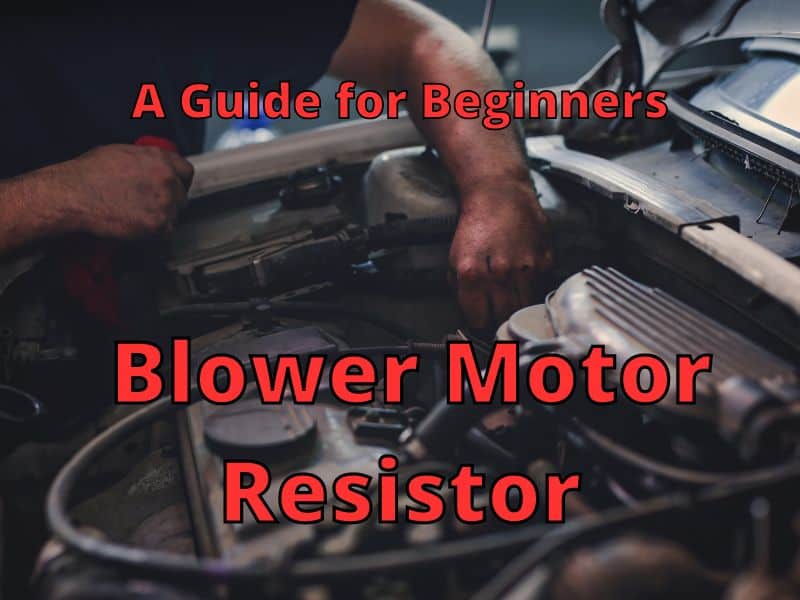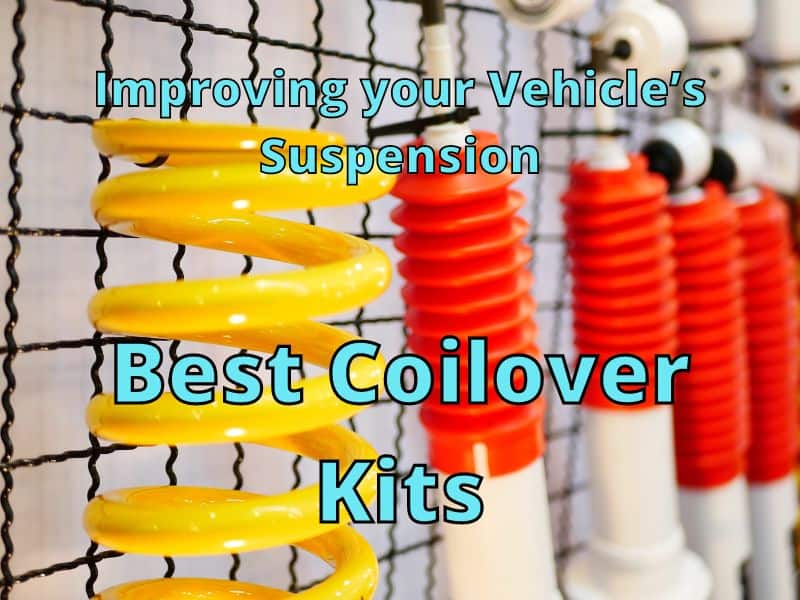As a car owner, you have the responsibility to make sure that all components are running in their peak condition. Among the parts, one of the most important is the alternator. The alternator is important for the production of electricity and providing the power that is needed by the engine. It may be lightweight and small, but it is definitely an integral part of the car’s hood.
In most cases, testing the alternator can be done on your own and without the need to look for a trained mechanic. Here are a few steps that you have to follow to test an alternator:
- Turn off the engine of your car.
- Get your multimeter ready.
- Connect the red clamp to the positive and the black to the negative terminal.
- Start the engine of the car and notice how the display in the multimeter changes.
- The value should be anywhere from 14.2 to 14.7 volts.
- If the number is higher or lower, this is an indication that the alternator has a problem.
In the rest of this post, you will learn how to test an alternator to figure out if there is any problem. You will know the basics of a problematic alternator. From the first sign of a problem, you need to act immediately to prevent the issue from worsening.
Things You Will Need to Follow this Tutorial
Before you start testing an alternator, there is one important thing that you need to have:
- Multimeter
Step-by-Step Guide on How to Test an Alternator
In this section, we will have a discussion of some of the most common testing methods that can be done to see if there is a problem with an alternator and to prevent it from being worse.
Use a Multimeter
A multimeter is one of the most important tools that every car owner needs to have. It is a multipurpose tool that can be used in measuring three electrical characteristics – resistance, current, and voltage. To test an alternator, the device needs to check the voltage, which can be done by following the easy steps mentioned below:
- Turn off the engine of your car and open the hood. Give it a few minutes to cool down before you start working.
- Get your multimeter ready. Select the DC volts and set them to 20V.
- Before connecting the clamps of the multimeter to the battery, make sure that the terminals are clean. Otherwise, you might end up with readings that are inaccurate. Connect the red to the positive and black to the negative terminal. At this point, the display should show 12.6 volts or anywhere near that value.
- Start the engine of the car and notice how the display in the multimeter changes. The value should be anywhere from 14.2 to 14.7 volts. If the number is higher or lower, this is one of the first indications that the alternator has a problem.
- If everything seems normal, add stress to the alternator by running other components to have it adequately tested. Turn on the AC, headlights, and radio. If the voltage is lower than 13 or higher than 15, this is also an indication that you have a faulty alternator.
To have a better understanding of the things that have been mentioned above, watch the short video below:
Testing without a Multimeter
Even if you do not have a multimeter, you can still check the alternator for problems. In most cases, you just have to perform a physical inspection. Here are some of the things that can be done:
- Check the condition of the drive belt. It can become loose, or there can be missing chunks. If it is already in bad condition, this can cause charging problems in the alternator.
- The sound of the engine should also provide you with an immediate warning if the alternator is damaged. If it produces a loud clinking noise or an annoying sound, the alternator can be the problem.
- Observe the brightness of your car’s headlight. When the engine is off, turn on the headlights. Start the engine after a while. The brightness should fade for a while, but everything should be back to normal after some time. This should be a sign that the alternator is charging.
Pro Tips
To make sure that your alternator will not be prone to problems in the first place, keep in mind the tips that will be briefly mentioned below:

- If you have an air-cooled alternator, inspect the condition of the external fan and see to it that there are no obstructions on the vents.
- On the other hand, for an alternator that is liquid or air-cooled, check the recommendations of the manufacturer regarding the periodic replacement of the fluids and see to it that such will be religiously followed to avoid serious problems.
- You should also focus on lessening the vibrations produced by your car, as this can contribute to damage to the alternator. Check the mounting bushings and see that they are installed properly. The mounting hardware should be secured in its place. If not, this can cause vibrations that could speed up the wear of your alternator.
- Contamination can also cause serious alternator problems. Organic gunk and dirt, among others, can cause damage. If your electrical connections are dirty, this could also add stress to the alternator.
- When cleaning the alternator, it is important that you know how to do it the right way. Avoid using petroleum-based degreasers, pressure washers, and spray cleaning agents.
As shown in the discussion earlier, the problem between an alternator and a battery can be hard to figure out. To easily pinpoint the cause of the problem, these are some of the important things to keep in mind:
- If the battery is the problem, the lights will not open at all. On the other hand, if the problem is with the alternator, it will open for a while and start dimming.
- For cars with an AM radio, the latter can also be useful in figuring out the problem. Turn it on and choose a low number without music. Start and rev your engine. The alternator is failing if you notice a fuzzy sound as you step on the gas.
- Try jumpstarting the battery. If it works, obviously, this shows that the defect is in the battery and not with your alternator.
- For those who are living in a place that is extremely cold, the battery is the more common cause of the problem as it usually won’t start. Checking the battery gauge on your dashboard is an easy way to verify the source of the problem.
Conclusion
To spot any problem early on and prevent it from escalating, you need to know how to test an alternator. As shown in the discussions above, the best thing to do is to use a multimeter if you have one. Otherwise, a quick physical inspection will be best. These tests can all be done on your own and without professional intervention.














